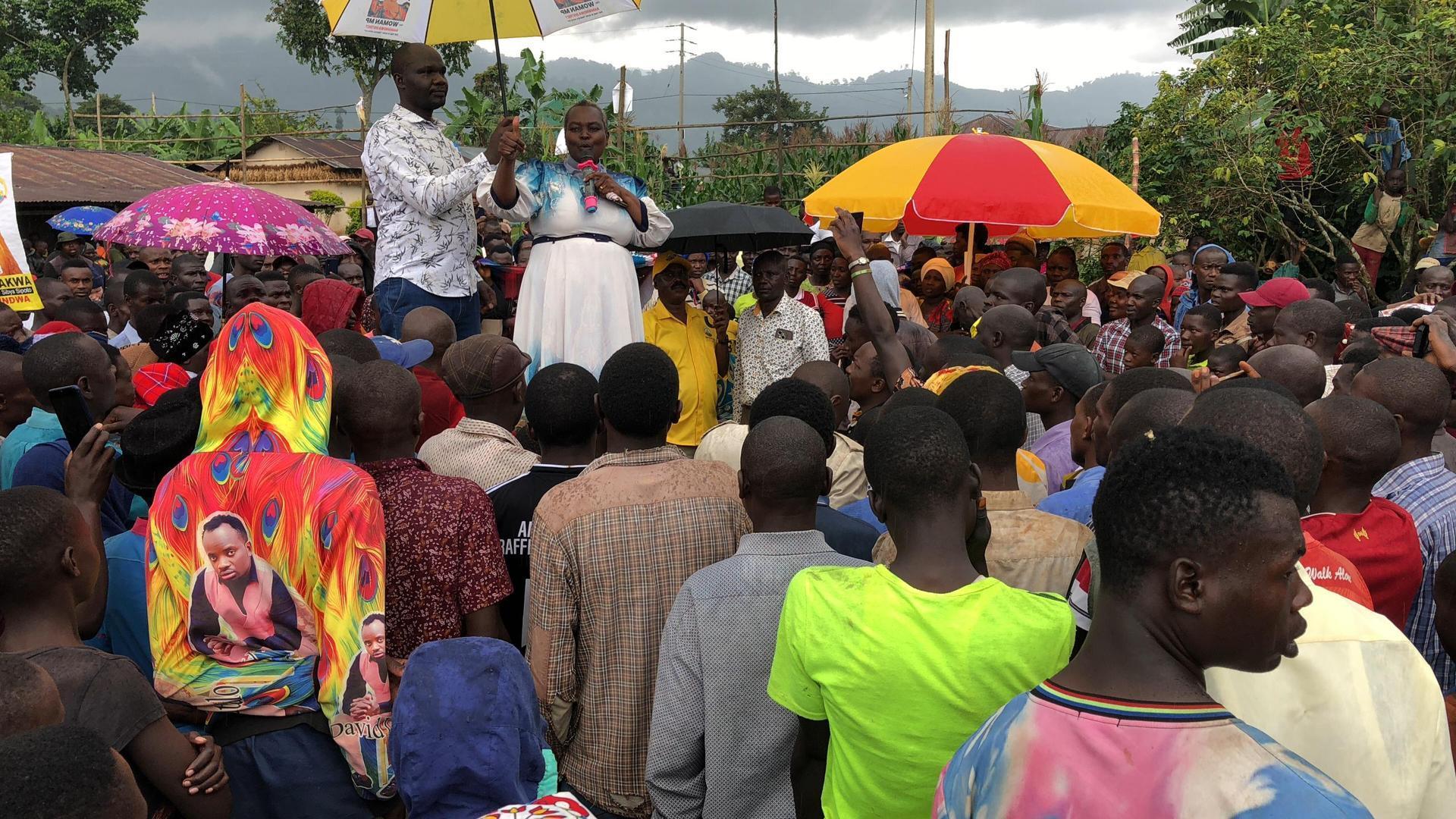Africa-Press – Uganda. As Uganda edges toward the 2026 general elections, campaign fever is intensifying. Across the country, candidates are gearing up with familiar tactics—slogans echoing from loudspeakers, rallies drawing curious crowds, and the ritual exchange of handouts for goodwill.
But amid this electoral frenzy, one key political instrument has gone missing in action: the manifesto.
For the ruling National Resistance Movement (NRM), the 2021–2026 manifesto was unveiled as a blueprint for transforming Uganda’s economy, improving governance, and delivering better services.
Now, with less than a year to the end of the term, that document should be a yardstick by which voters judge performance. Instead, it has become a forgotten relic—rarely referenced, barely critiqued, and widely ignored.
Campaign season should be a time when voters ask tough, policy-driven questions:
Which parts of the NRM manifesto were implemented in our district?
What pledges failed, and why?
How do candidates plan to do better if re-elected?
These questions go to the heart of democratic accountability. Yet in Uganda, manifestos are often treated as ceremonial documents—important during nomination, irrelevant during implementation.
Sara Bireete, executive director of the Centre for Constitutional Governance (CCG), says manifestos in Uganda are rarely grounded in the real needs of citizens.
“Most manifestos are crafted to win elections, not to drive people-centered development,” she said. “They are not used as social contracts. Once elections are over, they are shelved.”
Bireete adds that while opposition parties occasionally raise concerns about failed manifesto pledges, they often lack the research capacity and policy depth to mount sustained critiques.
“We need stronger think tanks, not just louder voices,” she argues.
Disconnect at the Grassroots
Political analyst Abas Wetaka points out that manifestos barely penetrate the grassroots, where the majority of voters live and vote.
“In most cases, it’s the elites who understand or even care about manifestos,” Wetaka says. “For ordinary citizens, performance is judged by tangible personal benefits—hospital beds, school fees, or funeral contributions—not line items in a 40-page policy document.”
Even within the ruling party, many members remain unaware of the manifesto’s content. Wetaka attributes this to a weak reading culture, poor civic education, and a political tradition that values spontaneous pledges over structured planning.
“There’s little effort to localize or popularize manifestos,” he says. “Often, voters have never seen the document, and politicians don’t bother referencing it once elected.”
Presidential Promises vs Policy Planning
One of the most persistent criticisms of Uganda’s political landscape is what analysts call the “presidential pledge syndrome.”
Rather than following the policy priorities laid out in the manifesto, national planning is frequently derailed by impromptu promises made by the president during public events.
“If the president visits a district and someone asks for a health center, he’ll pledge to deliver it—even if it’s not in the national plan,” Wetaka explains.
“That becomes the new priority, and the manifesto is ignored.”
Worse still, political aspirants often campaign without knowing the ruling party’s upcoming manifesto. “Even up to now, we don’t know what the next manifesto will look like,” Wetaka says.
“So aspirants just make ad hoc promises based on community expectations.”
This reversal—where campaign promises come before policy frameworks—undermines coherent development planning and encourages improvisation over institution-building.
The result is a politics of personality, not programs; of handouts, not systemic change.
The Mid-Term Report That No One Read
In 2023, the NRM Manifesto Implementation Unit released a mid-term review to evaluate progress on the 2021–2026 pledges.
The report offered data on infrastructure, health, education, and economic development.
But its limited circulation and weak uptake in political debate point to a broader problem: the gulf between technocratic reporting and public political discourse.
The report could have been a powerful tool for NRM candidates to show achievements—or for the opposition to highlight failures.
Instead, it went largely unnoticed.
The Road Ahead: Will 2026 Be Any Different?
With the 2026 elections fast approaching, the relevance of manifestos remains in doubt. If campaigns continue to revolve around ethnicity, patronage, and personal loyalty, Uganda will miss an opportunity to mature its democracy.
“What we need is a voter population that demands answers on service delivery and policy,” says Birete. “Not just a crowd that shows up for music and free T-shirts.”
Whether the NRM’s next manifesto—and those of other parties—will break this cycle remains to be seen.
For now, the 2021–2026 blueprint stands as a cautionary tale: a powerful tool rendered ineffective not by its content, but by a political culture that prefers improvisation over accountability.
Unless both voters and politicians begin to treat manifestos as binding social contracts, Uganda’s elections will continue to be defined more by rhetoric than results.
For More News And Analysis About Uganda Follow Africa-Press






